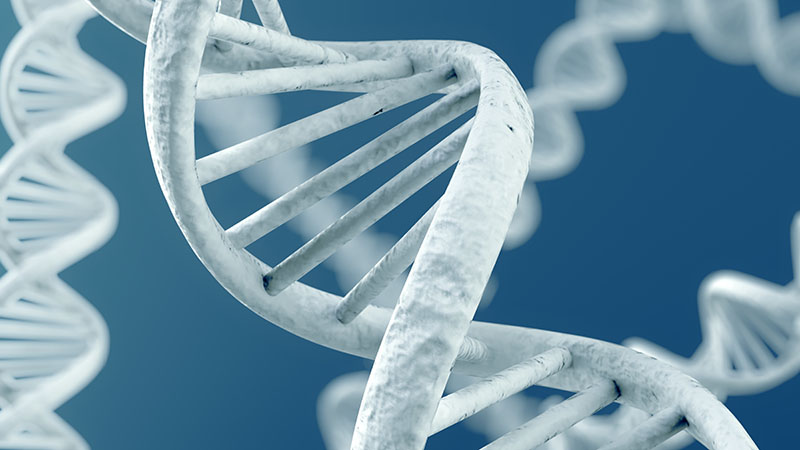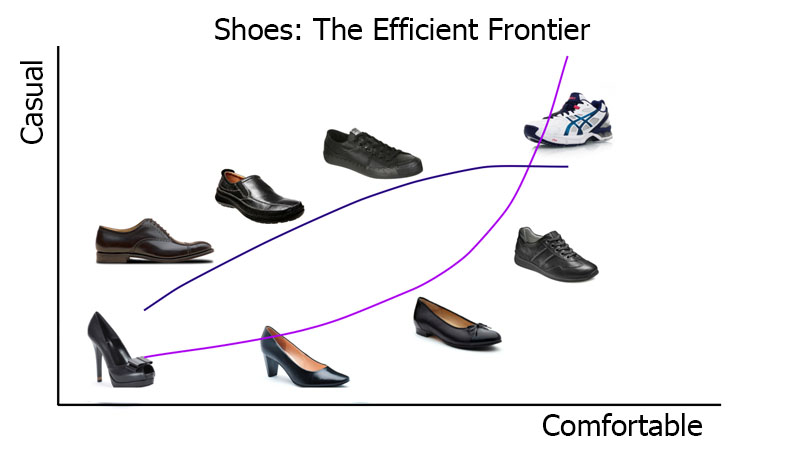Evolutionary Computation

Evolutionary Computation (EC) is a computational technique insipred by Darwin's theory of evolution. Nature provides the best examples for computational modeling. Living organisms exhbit complex and sophisticated behavours from low to high levels - cells, organs, individuals, and the population. Many biological speices manage to solve problems that can be charactirized as being intractable by classic optimization methods. The evolutionary process can be applied to these problems, following the principle of "survival of the fittest". Because EC's simplicity, flexibility, and practical advantages for solving difficult optimization problems, it has received increasing attention from researchers across many fields.




